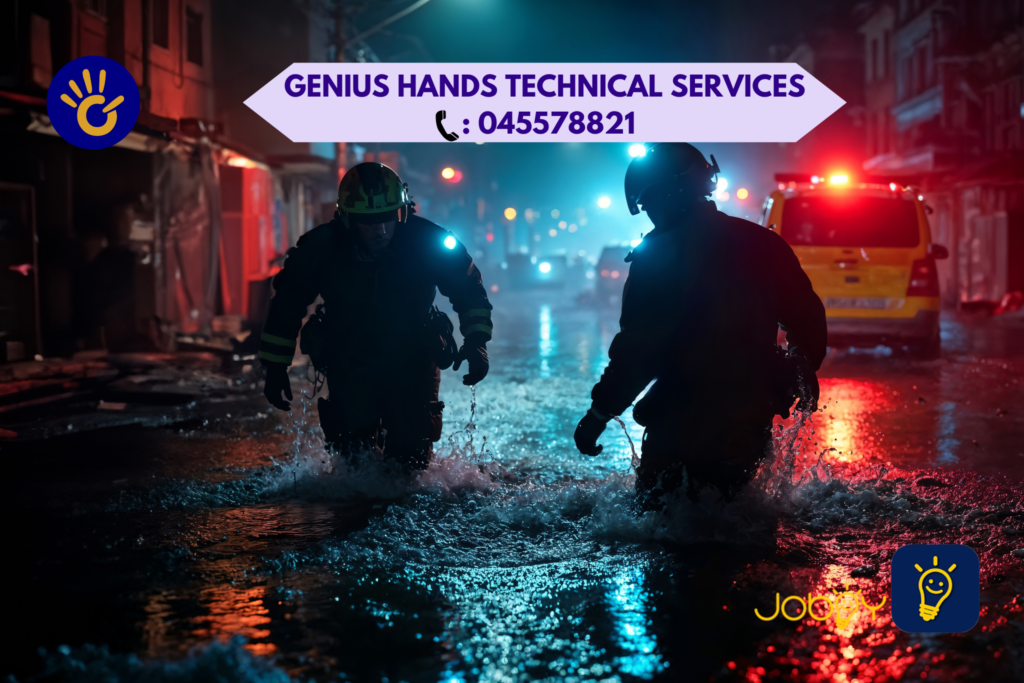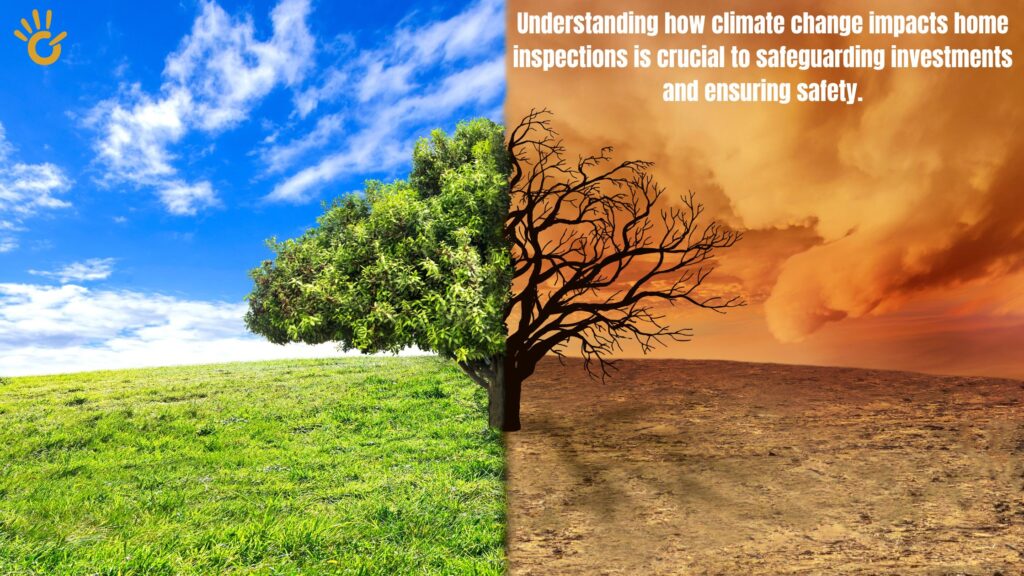How Technical Services Handle Flash Floods in Dubai– Dubai’s urban landscape is characterized by its iconic skyscrapers, bustling roads, and luxury developments. However, the city’s arid climate, when combined with sudden and intense rainfall, can lead to flash floods. These floods pose significant challenges to infrastructure, transportation, and public safety. Technical services companies play a crucial role in mitigating the impact of these events through rapid response strategies. Here’s a look at how these services handle flash floods in Dubai.
Understanding Flash Flood Risks in Dubai
Flash floods in Dubai are typically caused by short bursts of intense rainfall. The city’s infrastructure, designed primarily for dry conditions, can struggle to cope with the sudden influx of water. The flat terrain, coupled with extensive paved surfaces, leads to reduced water absorption and increased runoff, exacerbating flood risks.
Rapid urbanization and climate change have further heightened the frequency and intensity of these weather events, making efficient flood management an essential part of the city’s resilience strategy.
Key Components of a Rapid Response
1. Real-Time Monitoring and Forecasting
Technical services companies utilize advanced weather monitoring systems to predict rainfall and potential flooding. By analyzing real-time data from meteorological sources and sensors installed across the city, they can anticipate flood-prone areas and prepare accordingly.
Satellite imagery, radar systems, and IoT-enabled devices are crucial tools in this process. These technologies provide accurate and timely information, allowing services to activate their response plans before the situation escalates.
2. Deployment of Emergency Teams
Once a flash flood is imminent, emergency response teams are rapidly deployed to critical locations. These teams consist of skilled professionals equipped with the necessary tools to manage floodwaters, clear debris, and ensure public safety.
Key tasks include:
- Clearing blocked drains and culverts to facilitate water flow.
- Providing immediate assistance to stranded individuals and vehicles.
- Coordinating with other emergency services, such as the police and fire department, to manage traffic and evacuations.
3. Use of Pumping and Suction Equipment
High-capacity water pumps and suction equipment are essential for removing floodwaters from affected areas. These machines are strategically positioned to drain water from roads, underpasses, and low-lying regions.
Mobile pumping units can be quickly transported to flood sites, ensuring that water levels are reduced swiftly to prevent long-term damage and disruption.
4. Drainage System Management
One of the primary tasks during a flood is managing the city’s drainage infrastructure. Technical services inspect and clear drainage systems regularly to prevent blockages caused by debris, silt, and other materials.
Post-flood, these systems are assessed and repaired if necessary to ensure they remain functional for future events. The use of robotic inspection cameras helps identify hidden issues within the drainage network.
Post-Flood Recovery and Maintenance
After the immediate threat has passed, technical services focus on post-flood recovery. This includes:
- Assessment of Infrastructure Damage: Evaluating the condition of roads, bridges, and buildings affected by floodwaters.
- Restoration of Public Utilities: Repairing and restoring services such as electricity, water supply, and telecommunications disrupted by the flood.
- Sanitization and Cleanup: Removing debris, cleaning public areas, and conducting sanitization to prevent health hazards.
- Insurance and Claims Support: Assisting property owners and businesses in documenting damage for insurance claims.
Innovations in Flash Flood Management
Dubai is investing in smart city technologies to improve its resilience to flash floods. These include:
- Smart Drainage Systems: Integrated with sensors and automated controls to dynamically manage water flow.
- Rainwater Harvesting Solutions: Collecting and storing rainwater to reduce runoff and support water conservation efforts.
- AI and Machine Learning: Analyzing historical flood data to predict future events and optimize response strategies.
Community Engagement and Public Awareness
Technical services also emphasize the importance of public awareness in flood preparedness. Community education campaigns help residents understand how to protect themselves and their property during floods. This includes guidance on emergency contacts, flood-proofing homes, and avoiding flood-prone areas during heavy rainfall.
How Technical Services Handle Flash Floods in Dubai– Conclusion
Flash floods in Dubai, though infrequent, require swift and efficient management to minimize disruption and damage. Technical services companies are at the forefront of this effort, employing advanced technologies, skilled personnel, and strategic planning to protect the city. As Dubai continues to grow and evolve, ongoing investments in flood management infrastructure and innovation will be critical to ensuring its resilience against future climate challenges.



